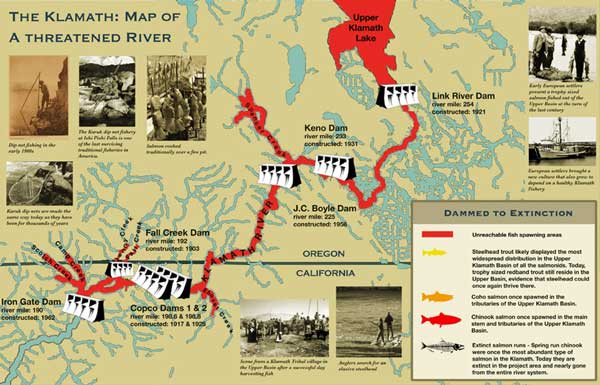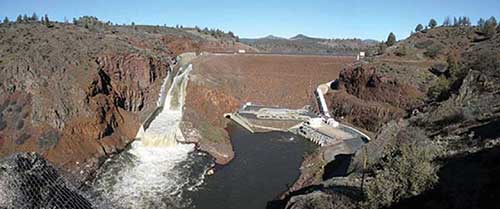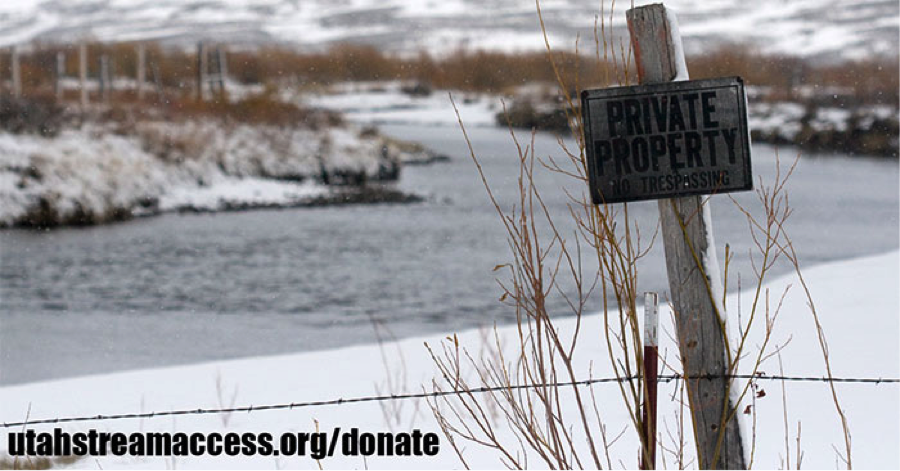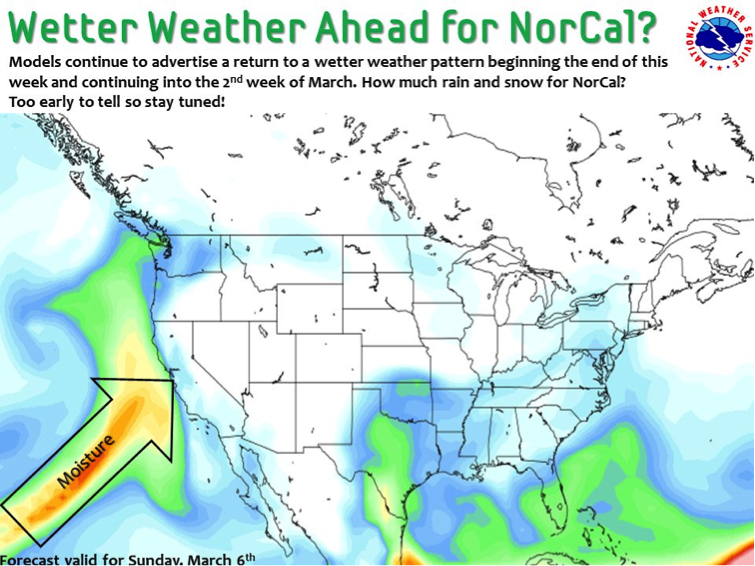by MARK MCGLOTHLIN on APRIL 12, 2016
in INQUIRING MINDS WANT TO KNOW
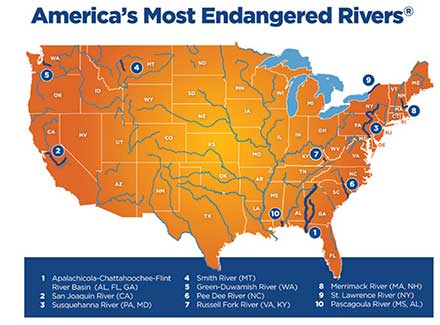
Yesterday American Rivers released their list of America’s Most Endangered Rivers report with this opening salvo –
This report identifies the 10 most threatened waterways in the country and highlights the urgent need for conservation, greater efficiency, and better management of water resources to prevent further harm to river health, wildlife, fish and recreation. Fierce competition for water from rivers under ever greater strain from growing demand and the impacts of climate change is threatening the health of rivers across the country. As pressure on limited water resources grows, conflict must give way to cooperation if we are to satisfy the nations’ growing water needs and maintain clean and healthy rivers.
Read More at Chi Wulff

